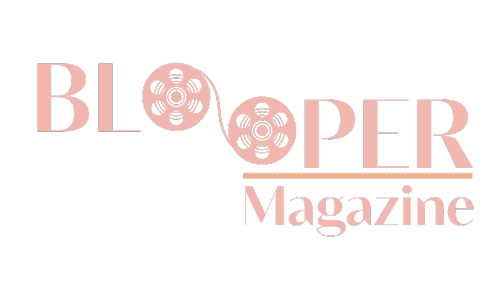Blushing is an involuntary response that can be difficult for actors to replicate convincingly. To the audience, flushed cheeks can signal our complete immersion in our role and deep engagement with the scene we are performing. However, for actors, it can be a source of stress. We can will ourselves to blush as hard as possible, and our faces can stay unaffected.
Not only that, but connecting with the emotions that make us blush can feel uncomfortable.
Who wants to feel embarrassed when they don’t have to, right?
Whenever an embarrassing memory pops into my head, I want to invent a time machine, go back in time, and hand my past self a handy “Cringe Prevention Kit.” As actors, though, it’s our job to make our character’s experience as believable as possible by sharing our humanity with them.
Luckily, by employing the skills of imagination, concentration, and suspension of disbelief, there are things we can do to make it easier to blush on command. Here are some of the top exercises you can do to help you achieve your goal.
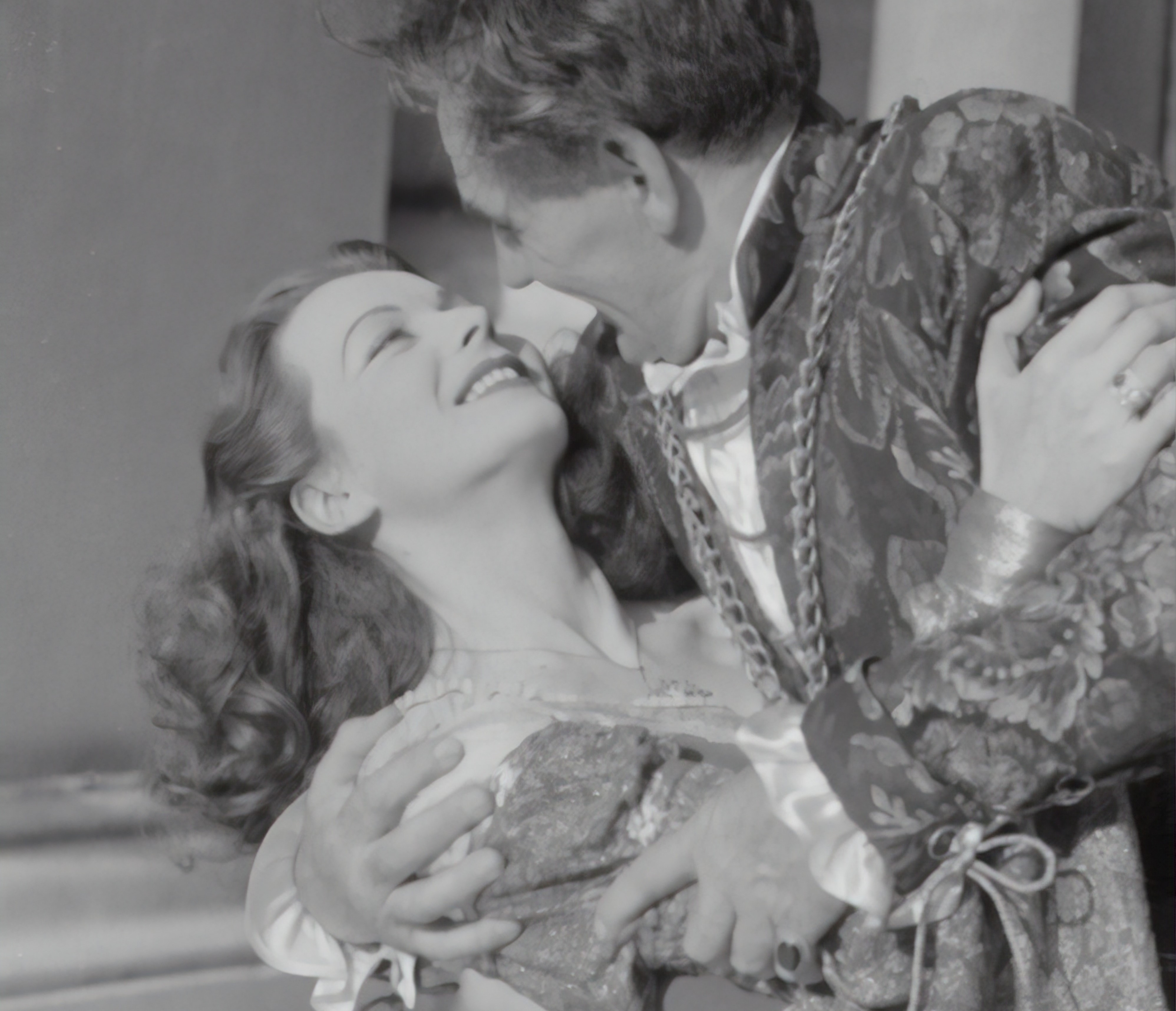
1. Immerse yourself in the character
As actors, when we immerse ourselves in the character and their circumstances, this helps us to connect with them emotionally. The more we can invest in their situation, the more we allow it to affect us, helping us to react instinctively to the scene.
Some things you can do to immerse yourself in the character include answering the 5 Ws: Who am I?, Where am I?, When is it?, What do I want?, and Why do I want it? These questions will give you an insight into the character, their circumstances, and their objectives.
Another way to immerse yourself in the character is to think about their relationships with the other characters and their relationship to the environment around them. Make sure to describe these relationships in as much detail as possible.
In the Blooper post on Is Meditation Good For Acting?, I discussed the importance of concentration in acting. Here is where it comes into play. If you can prepare these circumstances and keep yourself focused on them, as well as the other character in the scene, you have a far higher chance of being truthfully emotionally impacted while performing. Then, you can blush just from your imagination’s impact on you.
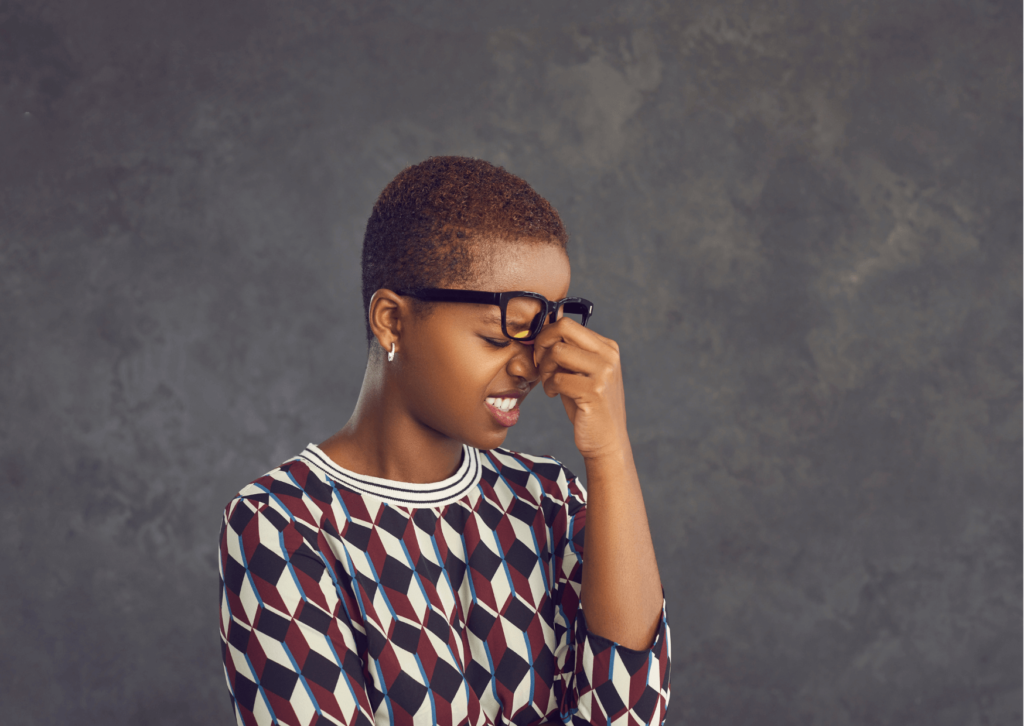
2. Recognize what makes you blush
If you can recognize what makes you blush and link that to the character, you will be able to connect with them more easily and work what feels effective into the scene. For instance, if you never blush when you’re embarrassed but always blush when you’re angry, then connecting with your embarrassment during a scene won’t give the desired external effect.
The first thing to do is go away and list all the things that make you blush. These could be feelings, memories, or imaginary situations. Your list could look something like
- Shame
- Anger
- When I tripped over in front of my teenage crush
- When a stranger insulted my friend in front of me
- If I got caught lying
Specific memories are a great thing to focus on, because they can be very powerful. For instance, I can’t help but turn bright red whenever I remember the time I snuck up behind my best friend at the grocery store to hug her, and it turned out to be a complete stranger. Seriously, I’m blushing just thinking of it now!
When you’ve come up with as many as you can think of, link them to the character and the scene. How is what makes you blush similar to what makes the character blush? Can you incorporate elements that make you blush as part of the scene?
3. Recreate the physical sensations
Imagining the specific physical, sensory experience of what blushing feels like can be enough to trigger the response itself. Instead of focusing on the emotional blushing experience, we focus on the physical experience.
Blushing is a common experience. However, people often experience this slightly differently, so it is important to think about your personal experience of blushing. Next time it happens, note the physical sensations you’re experiencing. Some things to consider might be:
- Where do you feel warmth, where does it begin, and how does it travel? Does the blood flow start in your chest and neck and creep upwards? Do you feel like you have blushing cheeks?
- Do you feel a tingling or prickling sensation? Does this happen in a specific location, such as the cheeks?
- What is your breath doing? Has it sped up or become shallow? Do you feel light-headed or dizzy?
- What is happening to your heart rate? Has it sped up? Where can you feel it? Can you feel it pounding in your chest or your blood thumping in your cheeks?
- Do you feel sweaty? Where? Think about your palms, elbows, underarms, upper lip, and forehead.
Consider all of these sensations, including the order in which they appear. Try to imagine them in detail. This sensory exercise can cause us to blush simply by recreating it in our imagination.
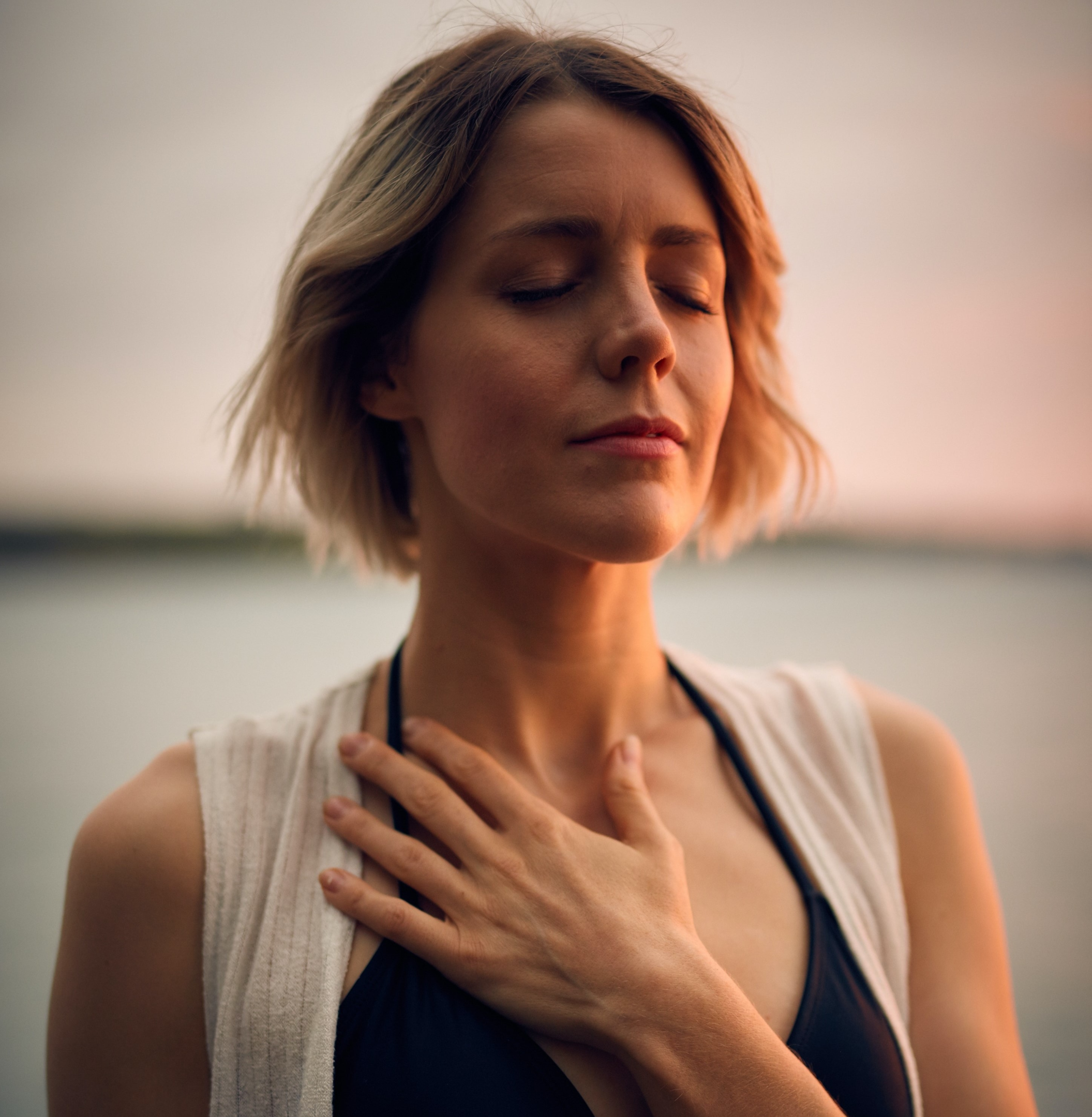
4. Use visualization
Visualization is another great use of the imagination to convey truthful acting. Sometimes, creating specific visuals in your mind can help to induce a blush and help us to connect and imagine the scene in further detail.
To use visualization, take some time to yourself and close your eyes. Begin to imagine the scene in detail. As you imagine it, note the things that might trigger your character to blush.
Is it the way the other characters are looking at them? Is it another character holding your hand? What are the things in the scene would make you, the actor, blush?
Visualize them in as much detail as possible in your mind’s eye. Visualize what your response to these things might be, alongside blushing.
You may also wish to visualize other characters’ response to us blushing, and how that might make us feel. Of course, when you perform, you will want to take note of the real reactions of the other actors on stage with you. However, sometimes, our anxieties about how other people might react can be as much a part of the blushing experience as anything else!
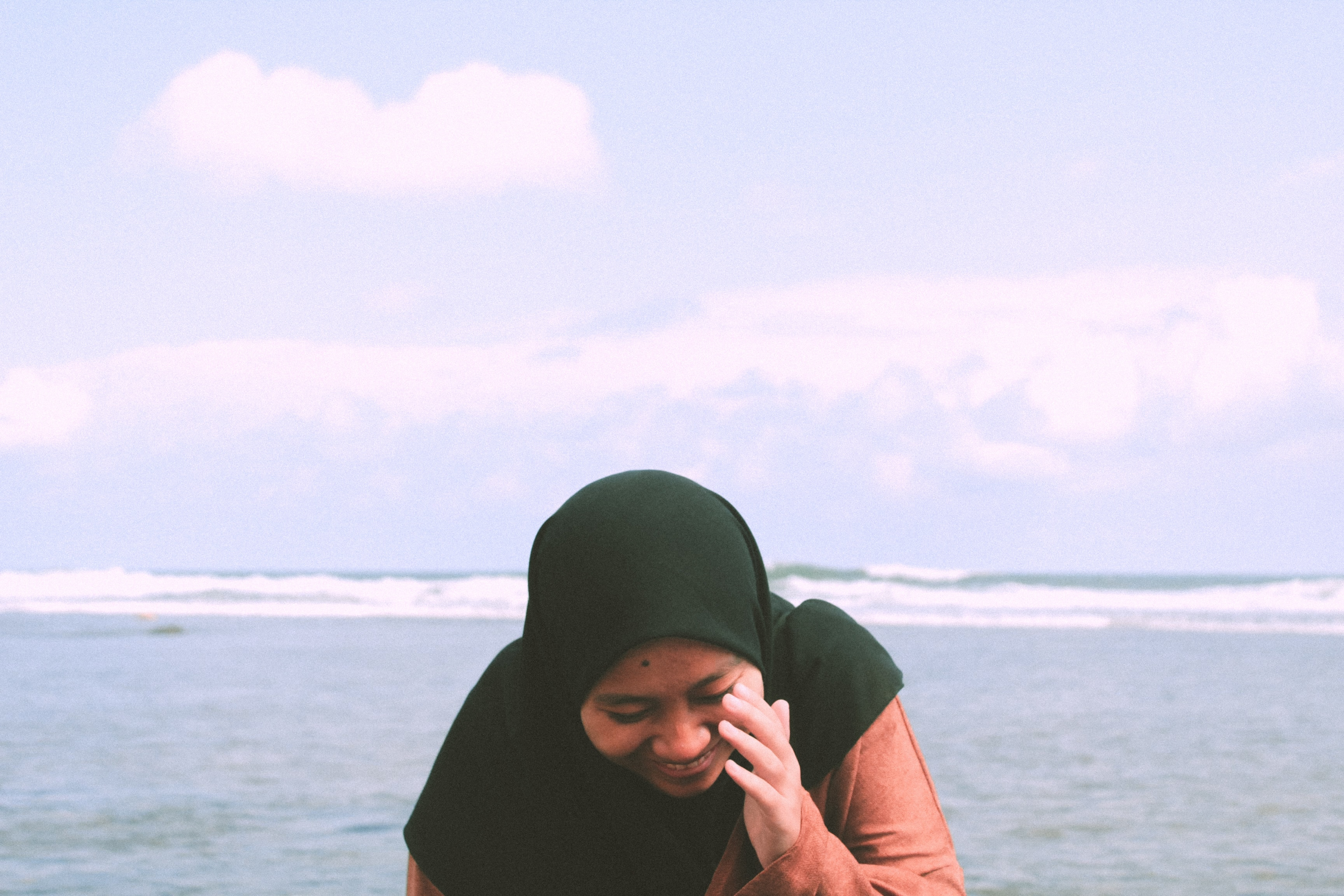
5. Behave as if you’re blushing
Practitioners such as Stanislavski, Chekhov, and Adler pointed to action and behavior as the basis of acting. Behaving as if we’re blushing can help to trigger emotions that cause us to really blush. So, think about how you behave when you blush. Think about how your character might behave when they blush.
Maybe you try to cover your cheeks or turn away to hide the blood flow in your face. Maybe you giggle nervously. Maybe you shift your weight from foot to foot. Maybe you talk more quietly or start talking loudly and quickly to cover up the embarrassment!
Play around with the behaviors physically to see how they make you feel. You might be surprised at what affects you and makes you blush.
Flushing Success: How to make yourself blush on command takeaways
The ability to blush on command can be a difficult task for an actor. It takes a lot of faith in yourself, the ability to suspend your disbelief, engagement in your imagination, concentration, and the courage to deal with uncomfortable emotions. While it’s no easy task, these are all things you can practice building, and with regular work, you will be on your way to mastering the ability to blush on command.
Frequently Asked Questions
How do I make myself blush naturally?
As an actor, the best way to make yourself blush naturally is to be emotionally and physically connected to your character and the scene. Once you’re connected to their circumstances, you can invest your belief in them and react naturally as the character to induce blushing.
What triggers you to blush?
In real life, blushing can be caused by emotions such as fear, embarrassment, or anger that trigger our sympathetic nervous system. In acting, we can use movement, imagination, and concentration to trigger blushing.
Can you fake blushing?
Actors can use many tools to fake blushing. You can use makeup, hold something warm or cold against your cheeks, or pinch your cheeks to create more blood flow. However, using the tools on this list, you may be able to blush truthfully under imaginary circumstances.
